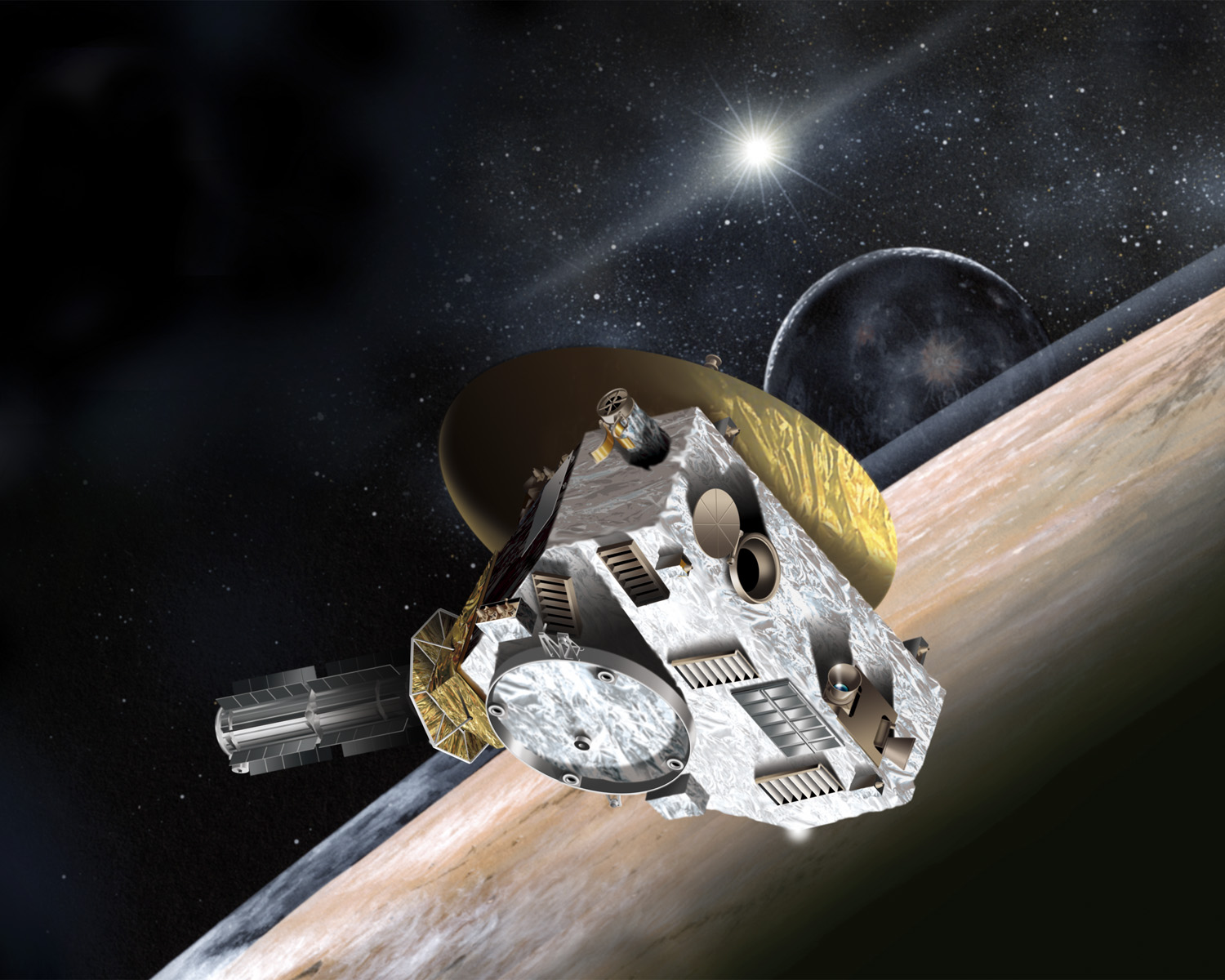 |
| My planner (the best one for any space nerd) |
Today I was looking at my planner in preparation for the next week and I found something that made me think. First of all, you need to know that my planner is not just a normal planner; it is a planner that is published by
Year in Space in cooperation with the
Planetary Society (Buy yours
here). What makes it special is that it has space themed pictures for each week and every day lists the special events that have happened in the history of space exploration on that day.
On the planner for Monday January 19, 2006 is a reminder of the fact that that is the date of the launch of the New Horizons Spacecraft that is destined to the be conveyor of our first real data about Pluto. After 9 years of travel through the solar system the spacecraft has begun its long awaited encounter with Pluto that will culminate in a fly-by on July 14 of the dwarf planet that lies 4.67 billion miles away from Earth.
 |
| List of space dates for Monday January 19 |
Now personally, I think that studying Pluto would be a slightly non-fulfilling job because it takes so long for spacecraft to get there. Think about it, when New Horizons launched, Pluto was still a full blown planet and had yet to be reclassified. If you really want to have things put in perspective, the iPhone wasn’t even a thing yet. We were still in the age of iPods with the clicking wheels (solitaire took forever!).
 |
Artist's rendering of fly-by
Courtesy of nasa.gov |
But those nine years of waiting are all going to be worth it starting January 25th, when the probe will commence a long range photo shoot of the dwarf planet. After 9 years of hibernation, the fastest spacecraft ever made has finally awoken in preparation for this historic moment. This photo shoot will mark the start of the first real collection of data about Pluto and its nearby moons. This data will, hopefully, provide valuable new insight into the makeup of Pluto and perhaps into the history of dwarf planets. It will also provide useful data in the effort to pinpoint the exact location of Pluto. Stay tuned for more on the data collected and the implications of it!



No comments:
Post a Comment